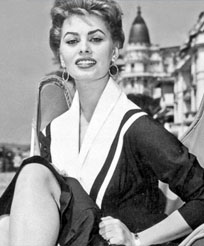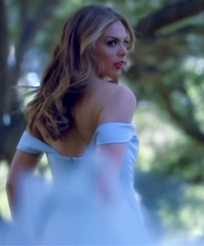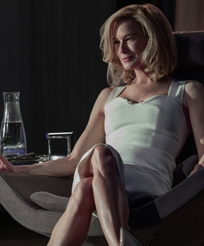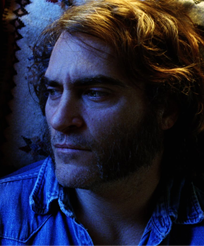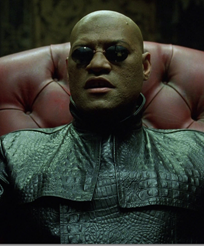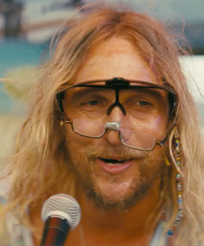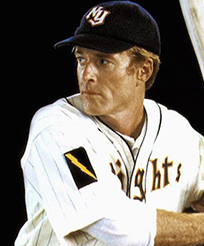The teasers and trailers for season two of Netflix’s acclaimed series Stranger Things, which becomes available for streaming on October 27, look less like the traditional previews one sees for prestige TV dramas and more like carefully curated arrangements of beloved ‘80s pop culture items. From a snippet of a 1980 Eggo waffle commercial to a shot of an iconic “Reagan-Bush ’84” yard sign, each trailer lovingly references familiar cultural touchpoints from the era of Michael Jackson, yuppies, and big hair. One trailer does nothing more than list events of varying significance that happened in and around 1984, the year in which season two takes place, like the Soviet Union’s boycott of the summer Olympics and the release of Gremlins.
It’s a sly and understandable promotional motif considering the first season of the acclaimed series, which was sort of a Goonies meets The X-Files with Spielbergian flourishes sprinkled throughout, garnered significant attention for its explicit and implicit allusions to the period in which it was set. Stranger Things was never just a beguiling show about supernatural happenings affecting innocent kids in flyover country; it was the ultimate nostalgia trip, an opportunity for people who lived through the ‘80s to fondly remember the days when they spent every Saturday night playing Dungeons & Dragons in their parents’ basement with their equally uncool friends. (And isn’t it strange how just about everyone who watched the show’s first season subsequently went on social media and contended they, like the protagonists, were the brainy, underappreciated nerds of their high school classes? Is no one willing to admit that they were in fact a “cool kid” back in the ‘80s? Where my John Benders at?)
Nostalgia for recently bygone eras is a perpetually hot commodity, and one can understand why the Duffer brothers, the identical twin film savants who wrote and directed both seasons of Stranger Things, decided to coat their slightly wacky sci-fi tale in the visual style of a decade for which there never seems to be a shortage of wistful affection. Using the show as an excuse to revisit a time period that’s never left us helps mask this ostensibly adult drama’s less palatable elements, like the fact that its main characters are a bunch of newly hormonal pre-teens and the plot makes no f*cking sense.
As someone who is preternaturally inclined to spend inordinate amounts of time relishing defunct pop culture artifacts, I appreciate Stranger Things devotion to offering a carefully curated and, dare I say, authentic snapshot of life in the early ‘80s. But what’s fascinating about Stranger Things is the visionaries behind the show, those aforementioned Duffer bros, didn’t experience all the films, songs, commercials, and fashions the show foregrounds firsthand. The Duffers were born in 1984, meaning they digested every pop culture product their show cites, from the song “Thriller” to the very kid-centric films the series mimics, secondhand, long after the times and places in which those products were released had faded into memory.
Stranger Things is, in the very postmodern sense of the term, a pure simulacrum: a copy for which there is no original. It’s not a representation of its creators ‘80s childhoods. It’s a pastiche of films from the ‘80s that the Duffer brothers watched years after they were first released. With Stranger Things, the Duffer brothers have managed to re-create some semblance of ‘80s culture not from memory, but by borrowing and combining the styles and visual languages of other directors’ representations of that period. Which is kind of unbelievable, if you stop to think about it, and somewhat incredible when you consider so many people consider Stranger Things to be a genuinely accurate portrayal of adolescent life in that era.
The Duffer brothers don’t know what it was like to ride their bicycles to an arcade so they could play the newly released video game Dragon’s Lair in 1984. They don’t remember attending Halloween parties where “Thriller” was the hot track everyone wanted to hear. They never saw a “Reagan-Bush ’84” yard sign in-person. They were too young to do all of the things their show depicts. Yet somehow, they managed to get the tone just right by familiarizing themselves with the pop culture produced during years they spent in a newborn state of obliviousness.
Stranger Things is not the first televisual pastiche of styles and ideas found in previously released films and other pieces of media. Acclaimed directors from Jean-Luc Godard to Quentin Tarantino made careers out of appropriating the work of their predecessors. And prestige TV shows from Mad Men and The Knick, to the recently released HBO series The Deuce, have gone to great lengths to authentically re-create the very specific milieus in which they’re set.
But what separates Stranger Things from these other shows is that its plot is not in any way dependent on the specifics of its setting. Mad Men was, in one sense, a story about the ‘60s; The Knick was a story about practicing medicine in the early 1900s; The Deuce is a story about the prostitution’s relationship to the early days of the porn industry. None of those shows could have effectively unfurled its narrative without first rendering the settings from which those narratives sprung.
Stranger Things, on the other hand, could have set its story—which involves some sort of monster from a parallel dimension haunting a small town in Indiana and a young girl with inexplicable kinetic abilities representing the only line of defense—in the 1960s, the 1970s, or the 1990s. Stories about monsters and supernatural encounters could, in theory, be set at any time in recent American history, and it might have made more sense to set the series in the ‘90s, when interest in UFOs and government conspiracies ballooned. The mechanics of the plot are not at all contingent upon what small town suburban life in 1984 was supposedly like. It seems as if the Duffer Brothers have gone to great pains to re-create an era they weren’t even old enough to experience for no other reason than they feel pangs of nostalgia for what their lives would have been like had they been born 12 years earlier. To paraphrase a line from another venerated ‘80s pop culture relic, that’s heavy.
I loved the first season of Stranger Things because unlike so many prestige TV dramas it wasn’t grounded in the morally ambiguous actions of some brooding anti-hero. The show kept things fun and light by dedicating most of its screen time to following a bunch of sweetly earnest kids who want nothing more than to find their missing friend, and then used its two main adult characters—played brilliantly by Winona Ryder and David Harbour—to tell an emotionally poignant story about the undying love parents feel for their children and the lengths they’ll go to just to keep them from harm’s way.
But as Stranger Things enters its second season and seemingly invests even more time and energy into transporting viewers back to the ‘80s, it’s worth noting that the creators behind this wildly popular show are employing a very peculiar form of nostalgia: nostalgia for a time period they weren’t around for. The world may be turning upside down but there’s no sense in letting the details bother you when it’s this much fun.






